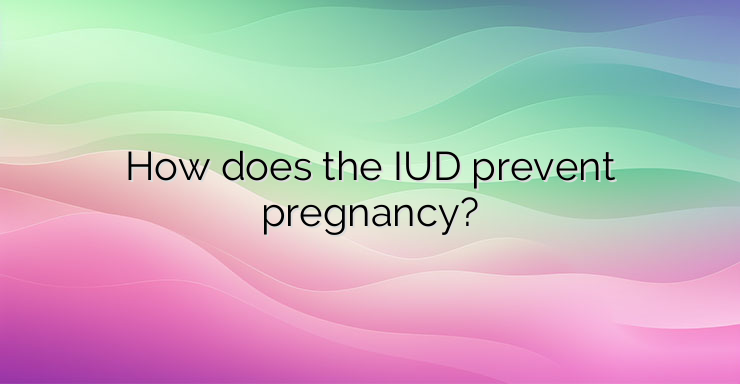Understanding Intrauterine Contraception: What You Need to Know
Intrauterine contraception, commonly known as IUD, involves the placement of specialized devices in the uterine cavity, called pessaries or spirals. This method offers a permanent solution for preventing pregnancy and does not rely on intercourse.
Types of Pessaries
There are two main types of pessaries: inert and bioactive.
Inert Pessaries
Inert pessaries have low efficiency and a higher frequency of side effects. However, they can remain in the uterine cavity indefinitely.
Bioactive Pessaries
Bioactive pessaries contain embedded metals such as copper or silver, or hormones. Their effectiveness depends on the release of these ingredients. They usually stay in the uterus for 3 to 5 years.
How the Spiral Prevents Pregnancy
The spiral prevents pregnancy through various mechanisms:
- Inflammatory Response: The presence of the intrauterine pessary triggers a local inflammatory reaction, which destroys sperm and fertilized eggs.
- Prostaglandins Release: IUDs promote the release of prostaglandins, substances that damage the endometrium’s surface cells, making it unsuitable for egg implantation.
- Biochemical Changes: Pessaries alter the cervical mucus’s composition, slowing down or halting sperm movement.
- Hormonal Influence: Hormone-containing pessaries keep the endometrium thin, making it unfavorable for fertilized egg implantation.
When Not to Use an IUD
Intrauterine pessaries should not be used in the following cases:
- Acute or chronic pelvic inflammation
- Pregnancy
- Suspicion of malignant genital disease
- Unexplained uterine bleeding
- Congenital anomalies hindering spiral attachment
Insertion and Removal of the IUD
Insertion
The pessary can be inserted at any time during the menstrual cycle, post-abortion, or post-childbirth. However, specialists prefer the end of menstruation when the uterine cavity is largest and the cervical canal is widest. Before insertion, a gynecological examination is performed to ensure proper placement and hygiene.
Removal
The pessary can be removed at any time during the menstrual cycle. A tool catches the hanging thread, and the spiral is slowly pulled out. Fertility is restored immediately after removal. However, due to biochemical changes in the endometrium, it’s advised not to conceive within the first 3 months post-removal.


Leave a Reply